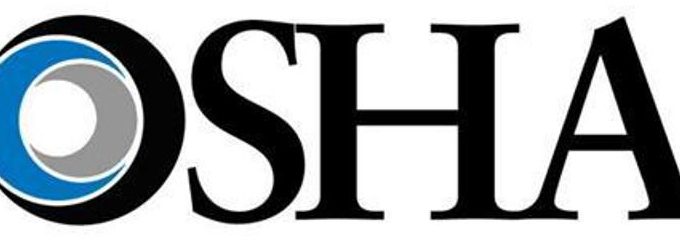The US Occupational Safety and Health Administration (OSHA) has specific requirements for sharps containers in…
California Governor Signs Law to Increase DUWL Requirements – California Dental Regulation
On September 19, 2017, Governor Brown in California signed Assembly Bill (AB) 1277 into law, which requires the Dental Board of California (DBC) to amend the regulations on the minimum standards for infection control to require water or other methods used for irrigation to be sterile or contain recognized disinfecting or antibacterial properties when performing dental procedures that expose dental pulp.
Historical Basis
In 2015, twenty pediatric dental patients had to be hospitalized in Georgia due to infection transmission of Mycobacterium abscessus from contaminated dental unit water used during pulpotomies. Then, in early 2016, 58 pediatric patients became infected with M. abscessus, also from contaminated dental unit water used during dental pulpotomies performed in a clinic in Anaheim, California.
Microbial Contamination of DUWLs
Microbial contamination of dental unit waterlines (DUWLs) occurs when biofilm forms on the walls of the small-bore plastic waterline tubing that delivers water to the dental hand pieces and attachments used in patient care. Currently, no national quantitative water quality standards specific to dentistry exist to control biofilm in DUWLs.
Currently, the dental infection control standards in California (Section 1005 of the Dental Practice Act) mandated to maintain DUWLs are minimal. – California dental licensees are required to purge DUWLs with air or water for at least two minutes at the beginning of each workday prior to attaching hand pieces, scalers, air water syringe tips, or other devices. Additionally, the DUWLs and devices must be flushed between each patient for a minimum of twenty seconds.
In its 2016 Summary of Infection Prevention Practices in Dental Settings: Basic Expectations for Safe Care, the CDC recommends that water used during nonsurgical dental procedures meet EPA’s regulatory limit for drinking water of 500 colony forming units of heterotrophic water bacteria per milliliter of water (CFU/ml). However, according to the CDC, flushing and purging, as minimally required by the DBC, do not reliably improve the quality of water used during dental treatment down to the 500 CFU/ml level. Therefore, to prevent infections associated with biofilm in DUWLs, the CDC recommends that DHCP consult with the manufacturer of the dental unit for appropriate water maintenance methods and recommendations for maintaining and monitoring dental water quality.
Regulatory Deadline
The DBC has until December 31, 2018 to adopt final regulations consistent with the new law to improve the dental unit water quality.
Since 1992, OSHA Review, Inc. has provided dental professionals with comprehensive programs to support regulatory compliance and infection control. We are a registered continuing education provider in the state of California, specializing in Dental Practice Act, infection control, and OSHA training.


